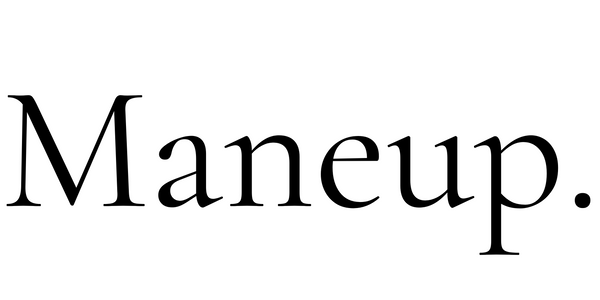Article 1
Rhodes, J. C., et al. (1994). Inhibition of type II reductase and induction of follicular growth in the macaque bald scalp by oral finasteride. Journal of Clinical Endocrinology & Metabolism, 79(3), 991-995.
Battmann, T., et al. (1944). Reduction of hamster flank organ size by topical application of RU58841, a potent non-steroidal androgen receptor blocker. Journal of Steroid Biochemistry and Molecular Biology, 48(1-2), 55-60.
This study investigated the effects of two antiandrogens, oral finasteride (FS) and topical RU58841 (RU), on hair regrowth and hormone levels in a macaque model of androgenetic alopecia. FS inhibits type II reductase and has been shown to promote follicular growth. RU is a potent non-steroidal androgen receptor (AR) blocker.
In the study, FS (1 mg/kg/day) and placebo were administered to 10 animals each for 6 months, while RU (5% and 0.5%) and vehicle were topically applied to 10 animals for 4 months. Skin biopsies were taken at the start and end of the treatment periods for micromorphometric analysis.
Results showed that anagen follicles (active hair growth phase) increased by 88% with FS and 103% with RU (5%). Growth of vellus follicles to terminal size was 12% with FS and 26% with RU (5%). RU (0.5%) had a weak effect, and placebos had no effect. Hair regrowth was observed with both agents, with RU (5%) showing the most significant growth after just 2 months.
FS decreased serum dihydrotestosterone (DHT) by about 70% and increased testosterone (T) in males, but RU did not significantly alter hormone levels. Both treatments reduced systemic DHT production and promoted regrowth of regressed follicles. The study concluded that locally sufficient doses of AR blockers might be more effective in suppressing T/DHT-induced follicular regression than reductase inhibition alone, due to the shared receptor of T and DHT.
Article 2
De Brouwer, B., Tételin, C., Leroy, T., Bonfils, A., & Van Neste, D. (2008). A controlled study of the effects of RU58841, a non-steroidal antiandrogen, on human hair production by balding scalp grafts maintained on testosterone-conditioned nude mice. British Journal of Dermatology, 159(1), 123-129. https://doi.org/10.1111/j.1365-2133.2008.08612.
This study investigated the effects of a new non-steroidal antiandrogen, RU 58841, on human hair growth using a nude mouse model. Scalp samples from men with androgen-dependent alopecia were transplanted onto female nude mice, which were then conditioned with topical testosterone. The experiment lasted for 8 months, with hair production monitored monthly for 6 months.
The scalp samples were divided into two groups, with one group receiving topical RU 58841 (1% in ethanol) and the other group receiving ethanol as a control. Each treatment was applied five days a week. The results showed that in the control group, only 2 out of 28 active follicles (7%) initiated a second hair cycle. In contrast, the RU 58841-treated group had 29 active follicles, with 8 of them (28%) initiating a second hair cycle. Additionally, the linear hair growth rates (LHGR) were significantly higher in the RU 58841-treated group.
These findings suggest that RU 58841 positively influences hair growth in balding scalp samples transplanted onto testosterone-conditioned nude mice. The results encourage further clinical trials to evaluate RU 58841's potential in treating androgen-dependent alopecia.

